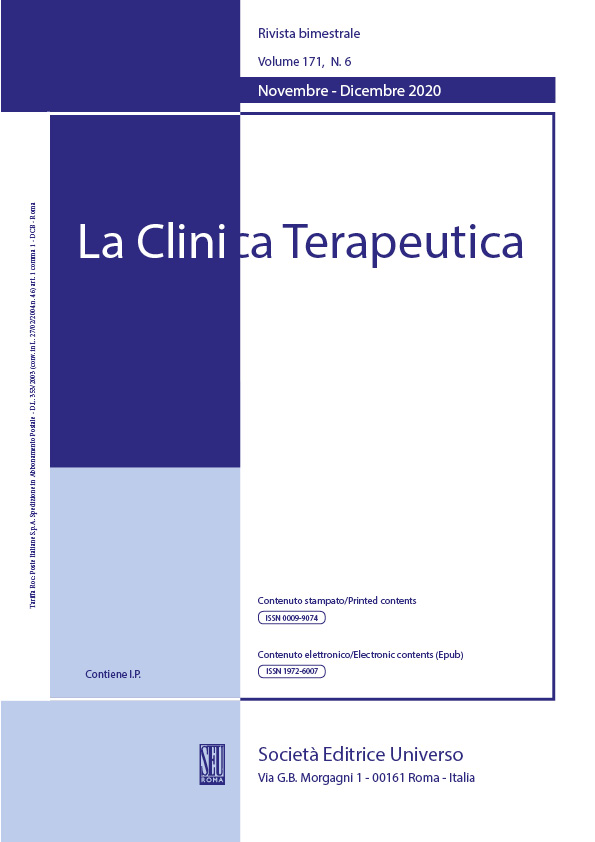Abstract
Introduction: Women’s body has historically been subjected to harassment and violence and medicine has not remained exempt from such practices. Specifically, some obstetrical-gynecological conducts have assumed the characteristics of ‘obstetric violence’ (OV). Despite several international legislative initiatives and recommendations by the WHO regarding disrespectful and abusive treatment, OV is still poorly known to Italian public opinion. In the present study, we have tried to verify whether the concept of OV has been assimilated, conversely, by judicial decisions.
Materials and methods: A search was conducted through the main Italian legal database online, "De Jure Giuffrè", aimed at selecting those sentences including the term "obstetric violence".
Results: The full-text revision of the results (n. 41 sentences) allowed the selection of 5 eligible contributions covering the following points: Informed Consent, Kristeller maneuver, Vaginal Birth After Cesarean (VBAC), Acceleration of childbirth without indication, and Episiotomy. The analysis of the individual judgments was accompanied by an examination of the main issues related.
Conclusions: The judgments reviewed appeared still too often based on technical aspects and oriented towards a prevalent assessment of the outcome of childbirths. Nevertheless, some encouraging aspects emerged regarding the attention given to the female body, the consequences inherent in the intimate-relational dimension, and the principle of self-determination through the provision of free and informed consent.
Ensuring the psychophysical well-being of women and unborn children, good interaction between pregnant women and medical staff, as well as reducing the grounds for litigation are among actual emerging priorities in healthcare.
Implementation of continuous staff training and education, attention to the self-determination of women, also through new technologies, and legal protection of their rights are fundamental in this sense.
